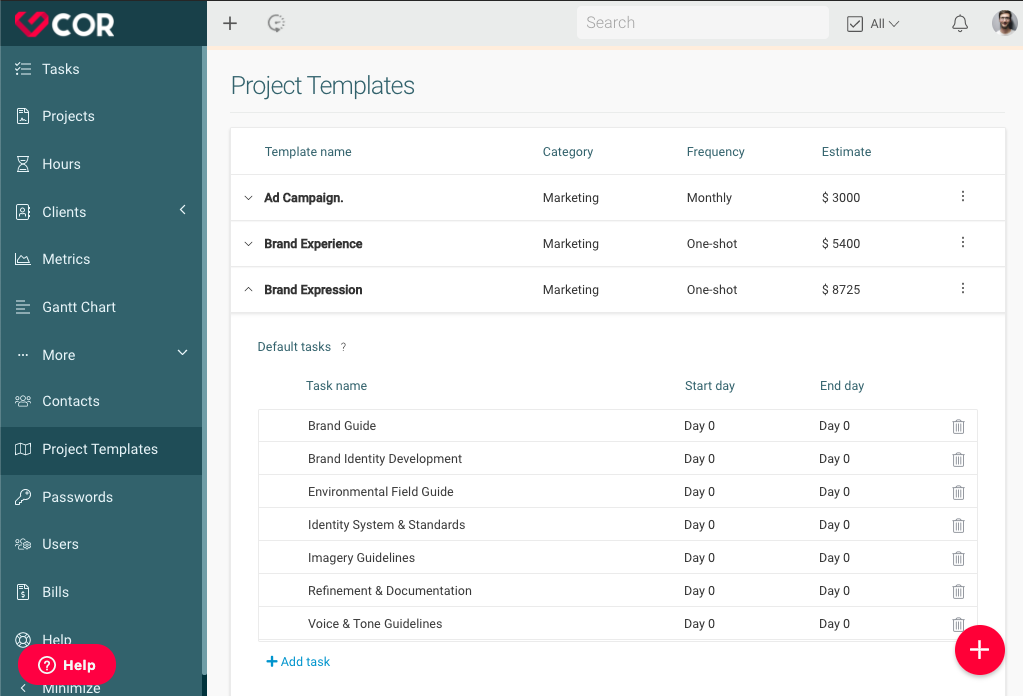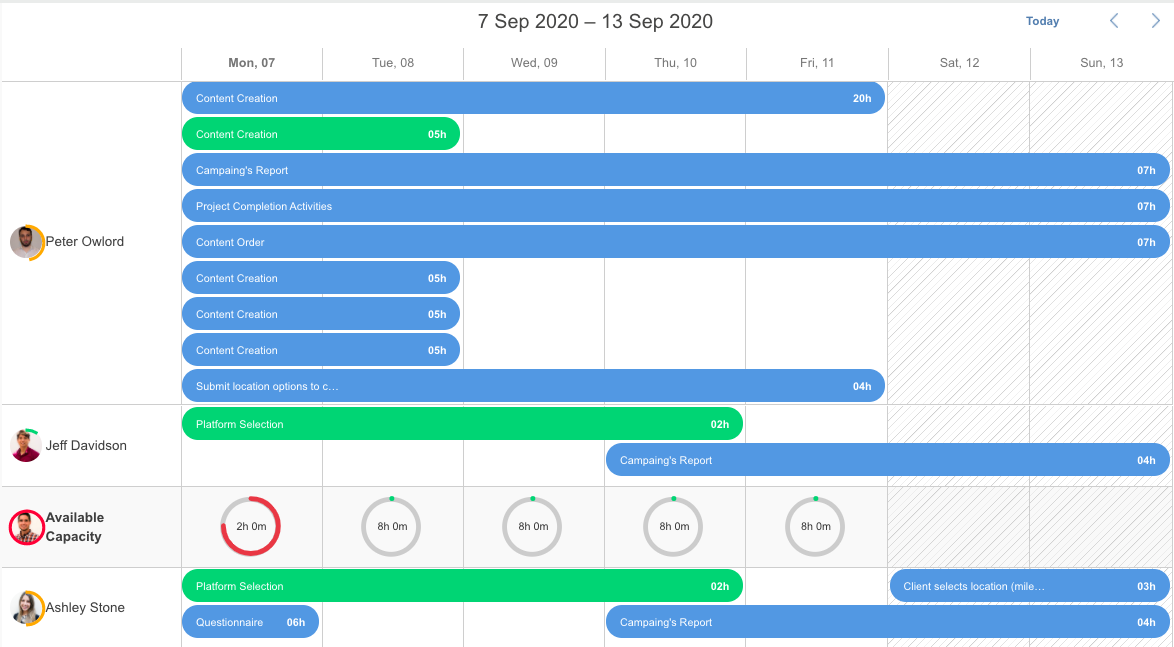To avoid wasting your time, here’s a preview:
No, this entry will not develop the creative do’s and don’ts to win a pitch, do you know why? Because the first and most important step to take into account when doing the work of pitching effort, is not creativity but the numbers.
How so?
I’ll summarize: What’s the point of exposing yourself and your team to the world by figuring out how to redesign the wheel for a prospect if the project you’re competing for with other agencies will generate minimal profits or, as is often the case, financial losses?
That’s right, the first and exclusive condition of your pitch/new business efforts is to understand if it will be convenient or profitable for you to win the campaign/project/fee offered by the prospect.
For this purpose, we will take into account opportunities that we engage in when our objective is to invoice and generate profits; leaving aside those that we could undertake at a loss considering the branding associated to serving certain renowned brands.
Pitch Process
For a creative, media or marketing agency, the pitch or bidding of services, implies the contemplation of 3 instances of efforts, costs and profit projections:
1) Opportunity analysis
2) Pitching effort
3) The execution of the project (in the case of a successful pitch)

Opportunity analysis
In the case of large brands that wish to hire the service of a creative agency to execute an advertising campaign, they offer a “bidding process” to a certain number of agencies, advancing the product, brief and in many cases, the available budget for which the agencies will compete to take over. The problem is that a large number of participants will only focus on the creative aspect needed to convince the prospect and leave aside the main thing: profitability.

Why is this important?
Setting aside the fact that the nature of a service or business is to generate profit, in the case of creative services, the same equation that measures the profitability per project has the amount of work hours that could be done to be profitable, according to the budget offered by the client.
That is, using tools such as COR, which combine Project Management, Project Templates with estimates and profitability analysis, we can have a pretty good approximation of how much it would be convenient to immerse in a pitch, taking into account the cost of such process.

Pitching Effort
After confirming and deciding on my agency’s participation in pitching efforts for X campaign, the brainstorming process begins to propose ideas and try to turn the prospect into a client.
It requires a team and many hours that will be consumed whether or not we succeed in the competition.
Therefore, it is also necessary to mark hours and record them as pitch effort, since they will represent a cost associated with new business or, in the case of success, they and their cost should be transferred to the new project, so that the profitability of both client and project reflects the metrics composed by the pitch and execution effort.
The execution of the project (in the case of a successful pitch)
Having used a project template for point 1 (estimate how profitable and/or convenient it is to participate in the pitch), we will be able to use it since it contains the assigned people and profitability projections around the amount of estimated hours and resources needed.
If we have tools such as Gantt Charts with individual and team time availability, the estimates originally used to calculate profitability prior to the pitch effort, will be useful to distribute the workload of the campaign, taking into account the availability of those involved who simultaneously participate with other ongoing projects.

In short, we have 2 options:
- a) Operate by intuition, leaving profitability, labor distribution and compliance with deadlines to chance .
- b) Contrast the budget offered by the client vs. the time and cost needed to execute it, and decide whether to embark on such an effort or not.
In order to scale your business, you need to understand whether or not it is in your best interest (financially) to work for the service or customer you have the opportunity to pitch to.
Tools such as COR, besides allowing you to execute such process, use in an intelligent way such information so that your project is not only profitable but also efficient in the distribution of resources, managing not to overload the team and consequently, generating a healthy and collaborative environment that will conclude in works of better creative quality.













